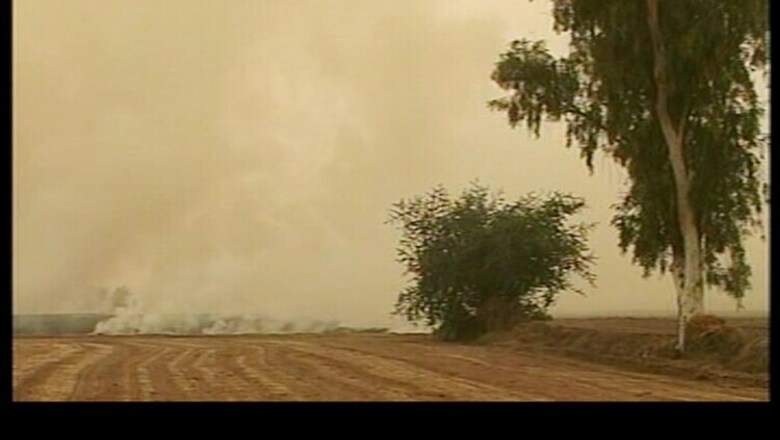
views
When India’s energy access challenges are discussed at climate change negotiations in Paris, the statistic usually highlighted is that of 300 million Indians deprived of electricity access. However, it is often ignored that close to 800 million Indians still rely on traditional biomass such as firewood, dung cakes and agricultural waste for their cooking energy needs. Indeed, access to electricity is a pressing need and a significant constituent of energy access, but what remains a far more essential energy need for poor rural households is the access to clean cooking energy.
According to the World Health Organisation (WHO), indoor air pollution caused by the biomass combustion in traditional chulha is the second biggest reason for pre-mature deaths in the country, amounting to a 1.3 million deaths every year.This health burden disproportionately impacts women and children, due to greater exposure to emissions. The significant public health burden calls for a concerted action on improving access to modern and cleaner form of cooking energy in deprived households.
India needs to promote cleaner cooking energy solutions because apart from the public health impact, there is drudgery involved in collecting and using the traditional biomass leading to lost opportunity in terms of time and effort, as well as the inconvenience of cooking in smoke-filled kitchens and verandas. However, one important co-benefit of shifting millions of Indians households from the traditional chulha to cleaner forms of cooking would be the reduction in emission of black carbon, which is a well-known short lived climate pollutant (SLCP), almost 460- 1500 times more potent than CO2 in terms of their global warming potential. SLCPs are short lived (as compared to CO2) and hence steps taken to control their emission can have faster impacts on reducing climate forcing, decreasing the rate of climate change.
The choice for clean cooking energy solutions can be many, varying from improved biomass cookstoves and biogas to LPG, PNG and electricity. Improved cookstoves are yet to achieve emissions levels which are safe for human health, thus further efforts on research and development are required. In fact, this is one area which the recently announced Mission Innovation should focus on. If we can invent a cost-effective stove, which can use any traditional biomass in an efficient matter without producing harmful particulate matter including black carbon, we could provide a clean cooking solution to almost 3 billion people, while reducing climate forcing. Till we find such a technological innovation, efforts should be concentrated to promote sustained use of biogas and LPG for cooking. In recent years, India has significantly increased LPG penetration, but further efforts are required on three major fronts: affordability (including upfront connection cost), availability (especially in rural areas) and awareness of the health benefits of fuel over traditional chulha.
While India asks for more carbon space at COP21to raise millions of its citizens out of poverty, the government should also take concrete steps towards climate sensitive development. Providing clean cooking energy to deprived Indian households, would not only achieve a major development objective and reduce the public health burden, but will also make a case for reducing climate forcing.
For further information on energy access, do read CEEW’s reports on Clean, Affordable and Sustainable Cooking Energy for India; Access to Clean Cooking Energy and Electricity – Survey of States.
(Abhishek Jain is a Junior Research Associate at the Council on Energy, Environment and Water, one of India's leading climate and energy think-tanks.)




















Comments
0 comment